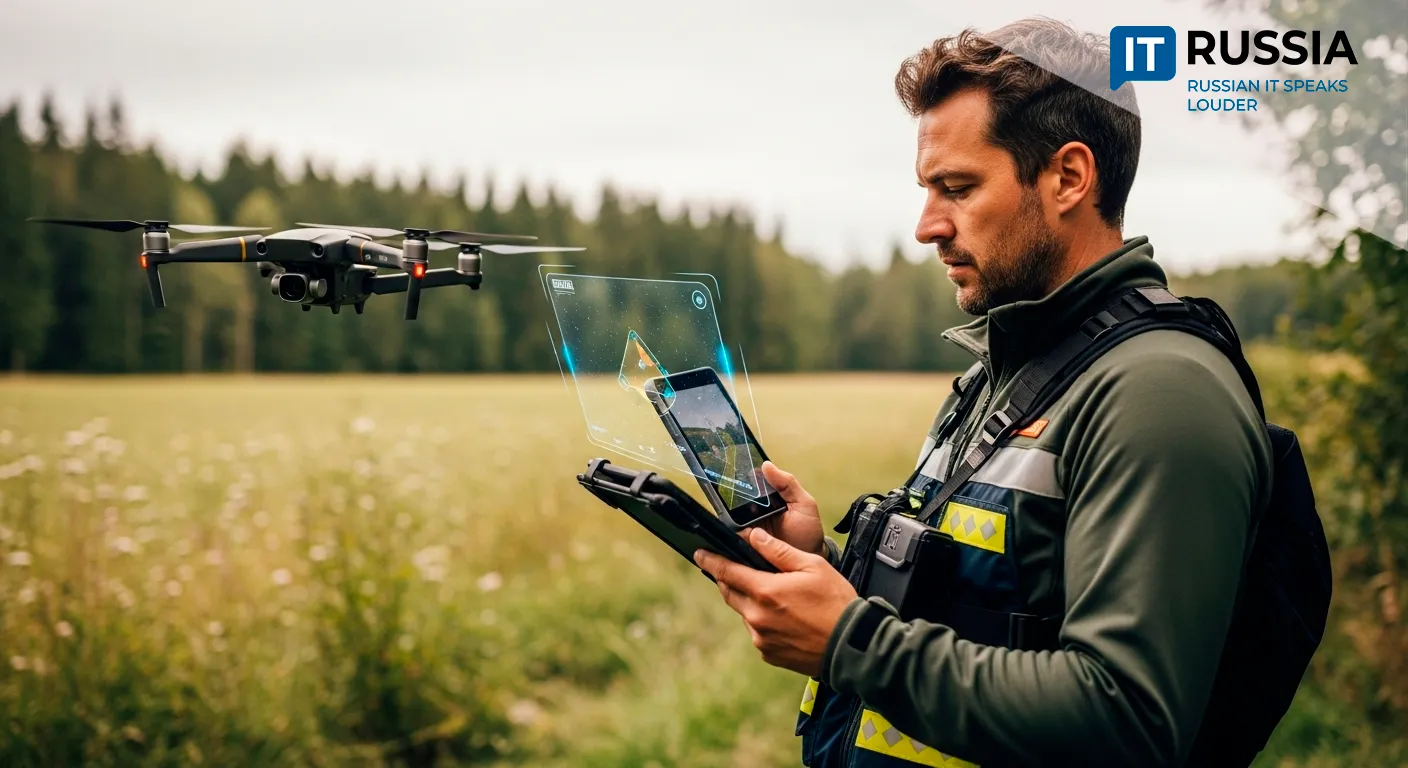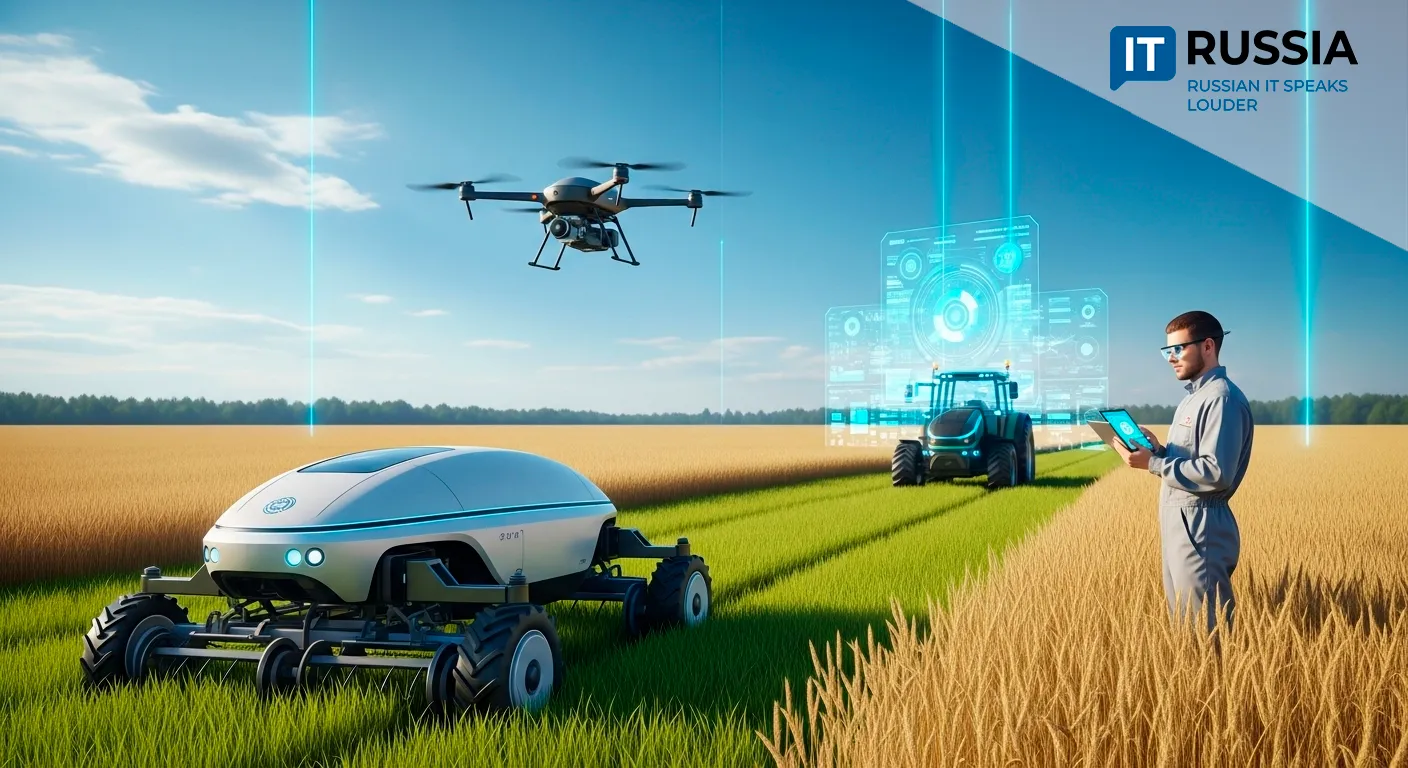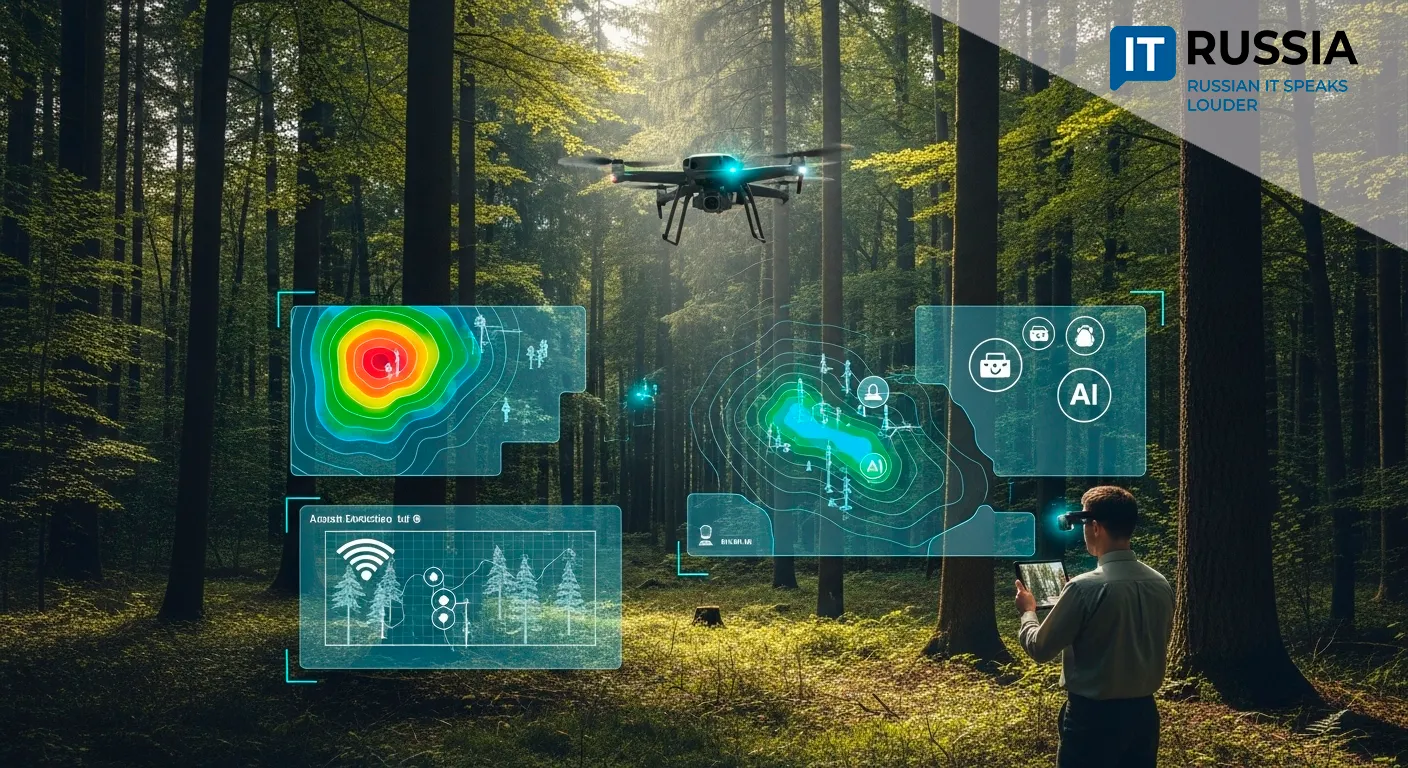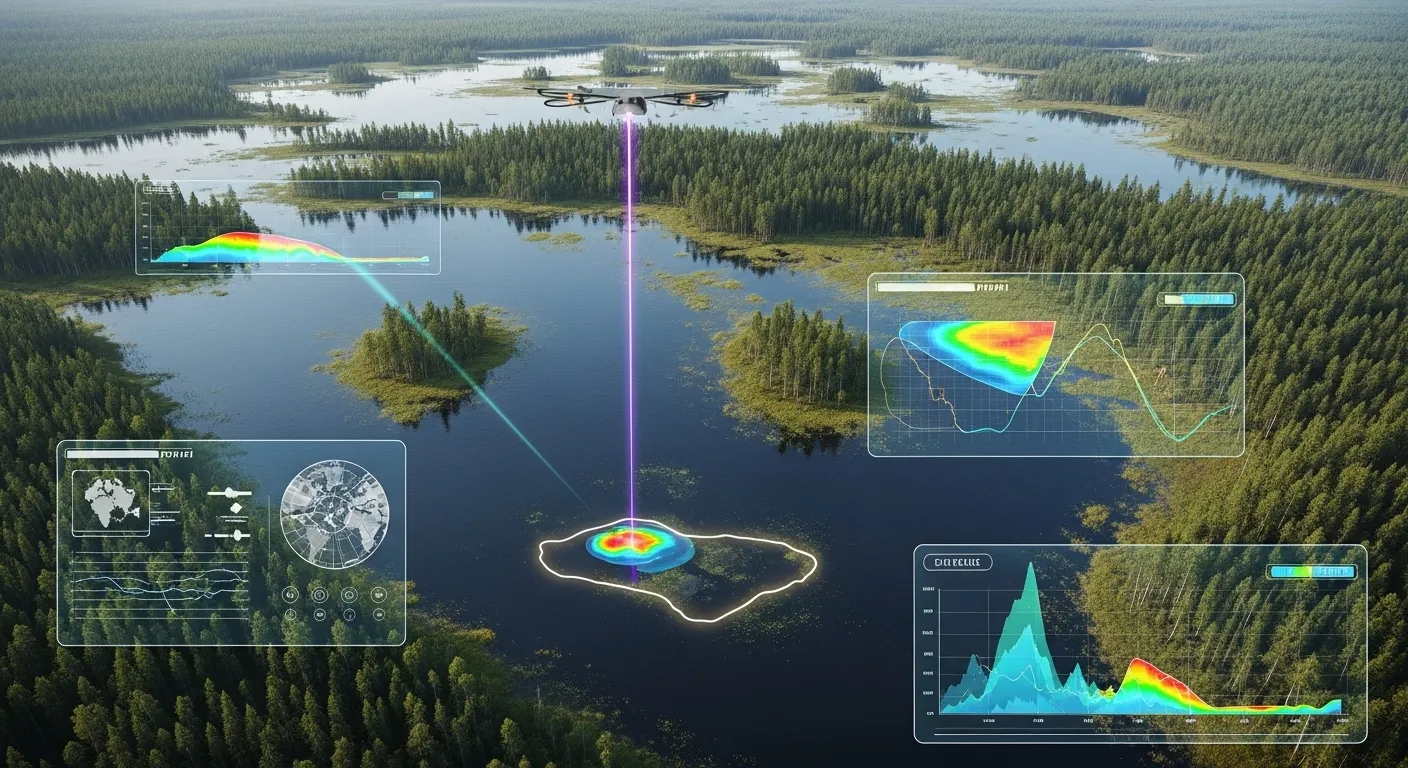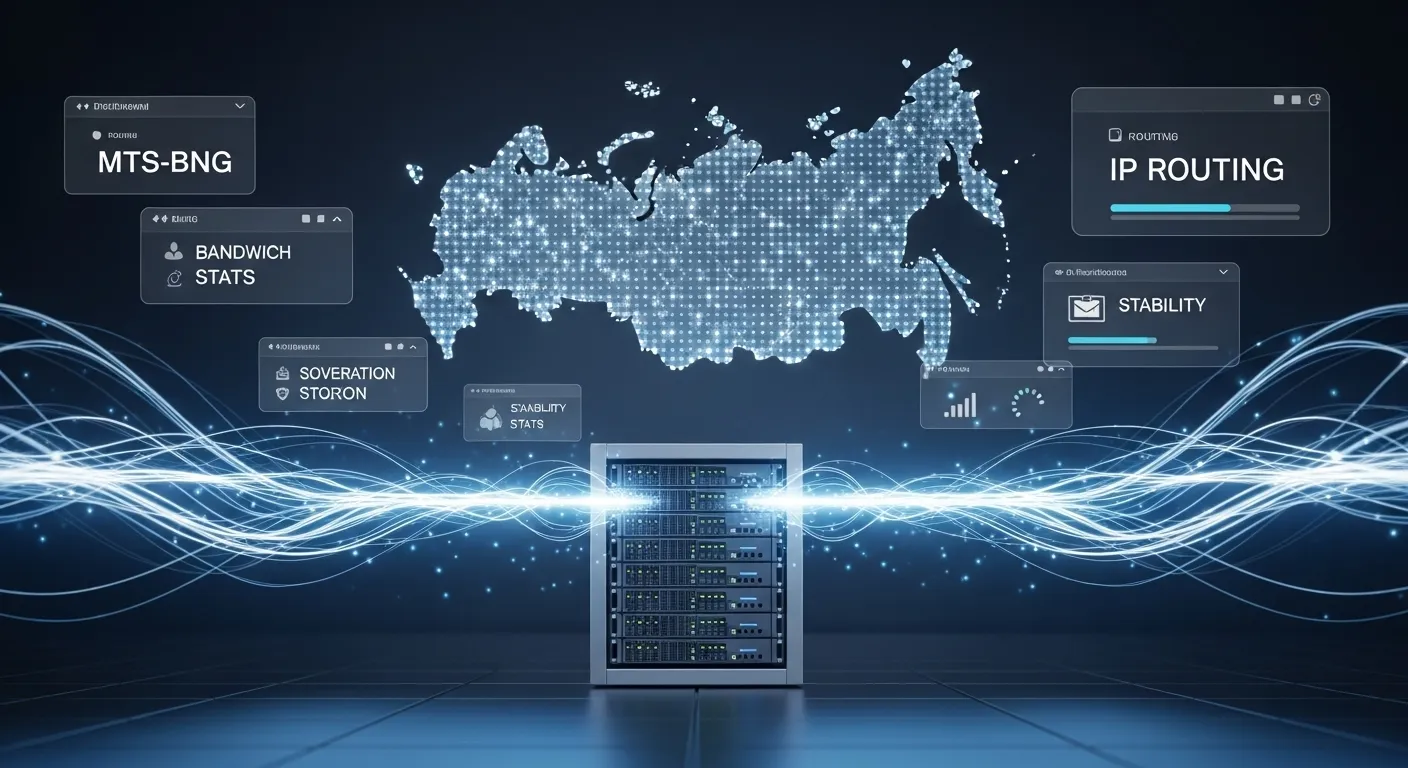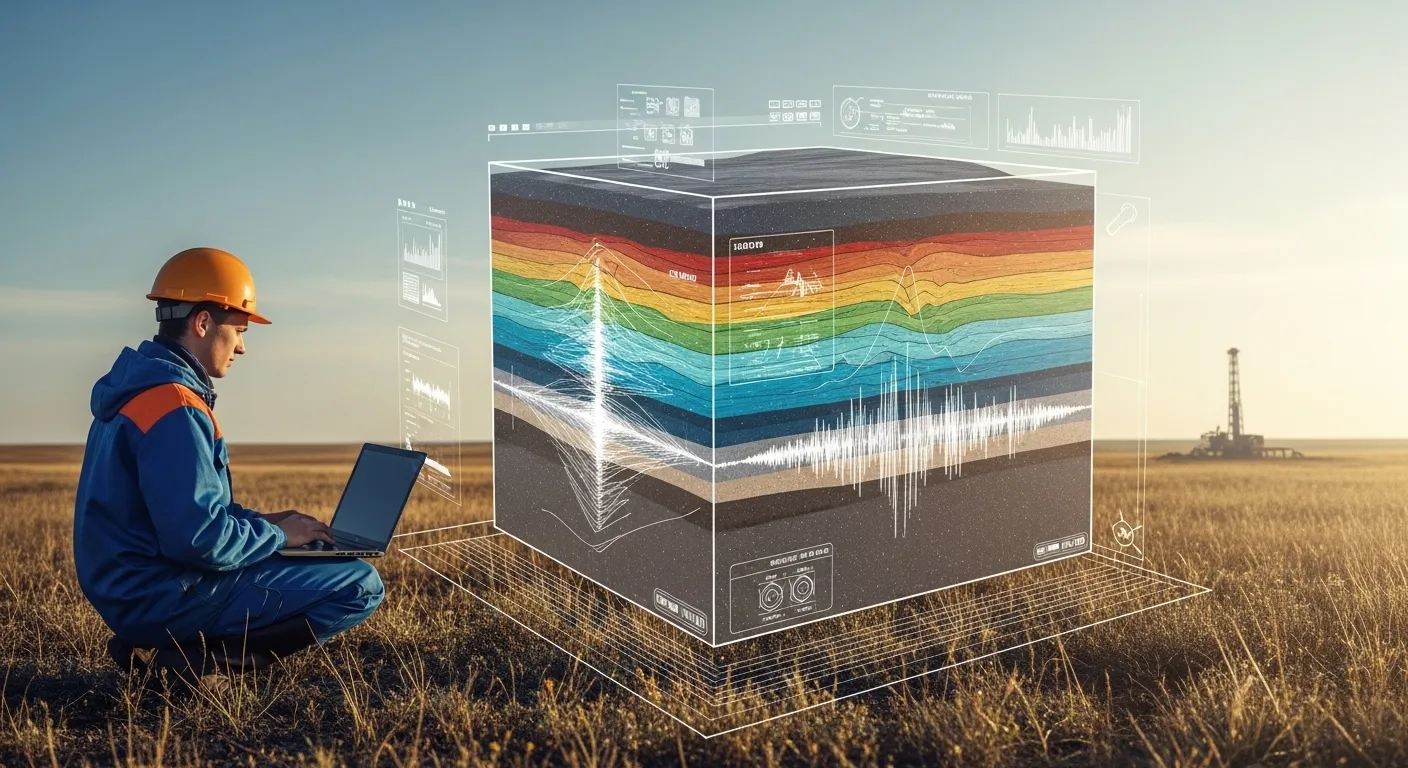Digital Soil Twins: A New Tool for Boosting Crop Yields in Russia
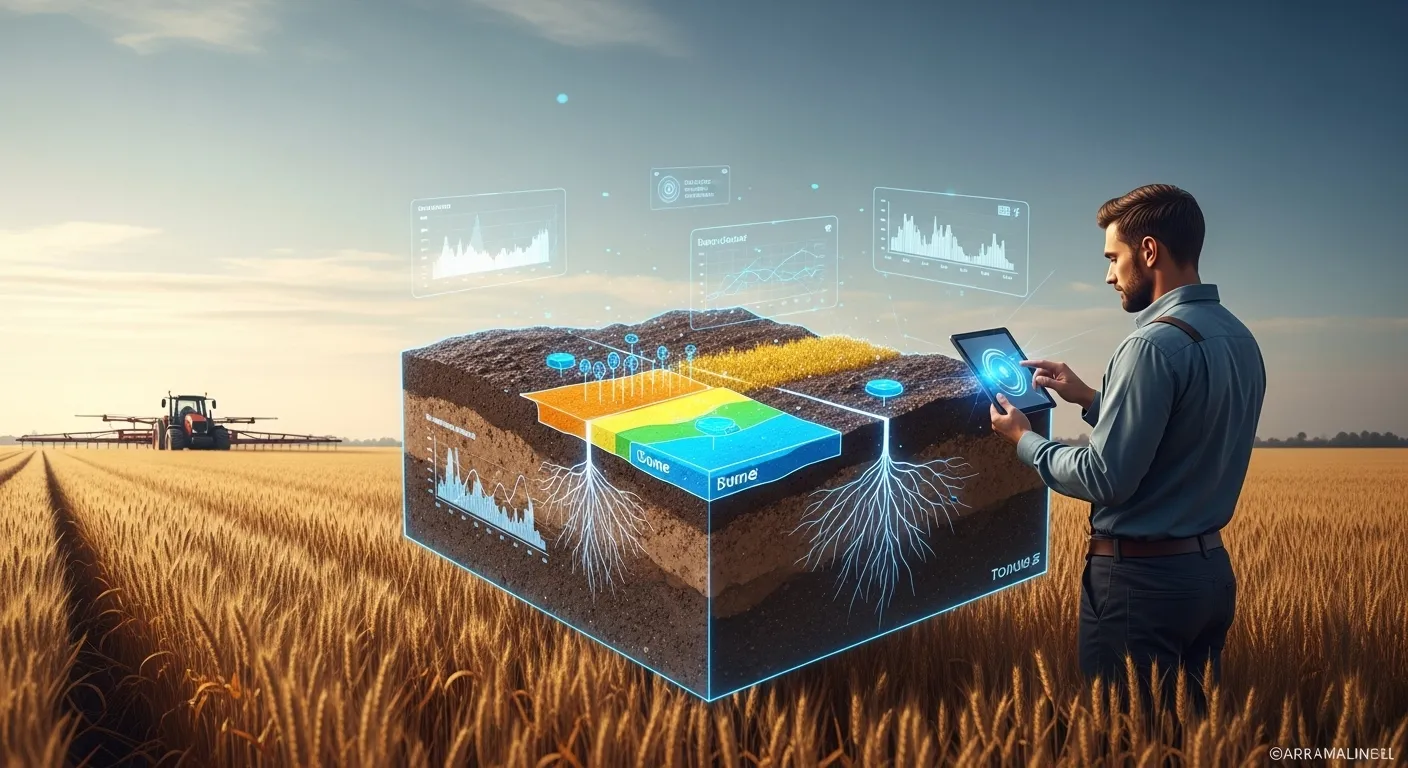
Russia is developing digital twins of its agricultural lands to enable AI-powered precision farming and significantly increase crop productivity.
Deep Analysis with Virtual Soil Models
The adoption of digital twin technology in agriculture marks a fundamental shift in how the sector operates. A digital twin is a virtual replica of a physical object or a mathematical simulation model that enables scenario forecasting — particularly effective when enhanced by artificial intelligence.
While digital twins are commonly used in industries like manufacturing, construction, and energy, Russia is now applying them to agriculture, creating digital replicas of soil systems. These virtual models allow in-depth analysis and predictive simulations without disrupting actual operations, enabling quick and efficient decision-making.
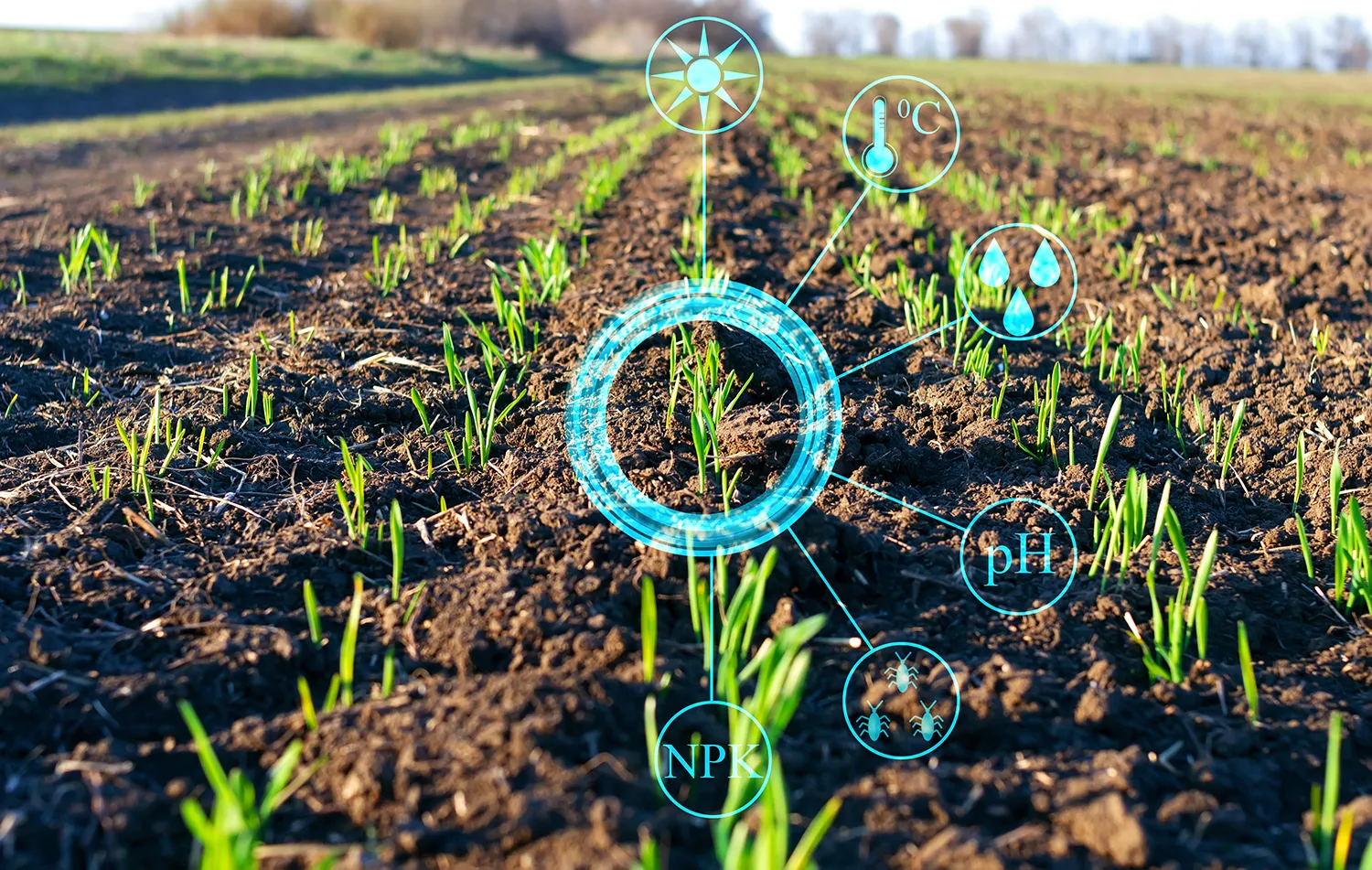
In agronomy, where the goal is to maximize yield while minimizing input costs, a digital soil twin becomes a powerful tool. AI helps farmers not only optimize output but also forecast performance with remarkable accuracy. By analyzing diverse datasets, AI determines the exact nutrient and moisture requirements of specific field zones, ensuring precision in every treatment cycle.
Demonstrated Growth Potential
The virtual soil twin technology is already being piloted in Russia. The Progress Agro Group is testing AI-powered applications in winter wheat cultivation across two test fields. The goal: to increase yields while cutting production costs.
Using the Smart Agriculture software suite, the project involved two modules. The first collected field-specific data — including crop rotation records, soil analysis, seed varieties, and types of fertilizers and plant protection products. Open-source data, such as satellite imagery, air pressure, soil density, and temperature, were also incorporated.
Based on these inputs, the second module used AI to develop a field-specific care program. As a result, yield in AI-managed fields rose by 6%, while profitability improved by 5.3% compared to control fields.
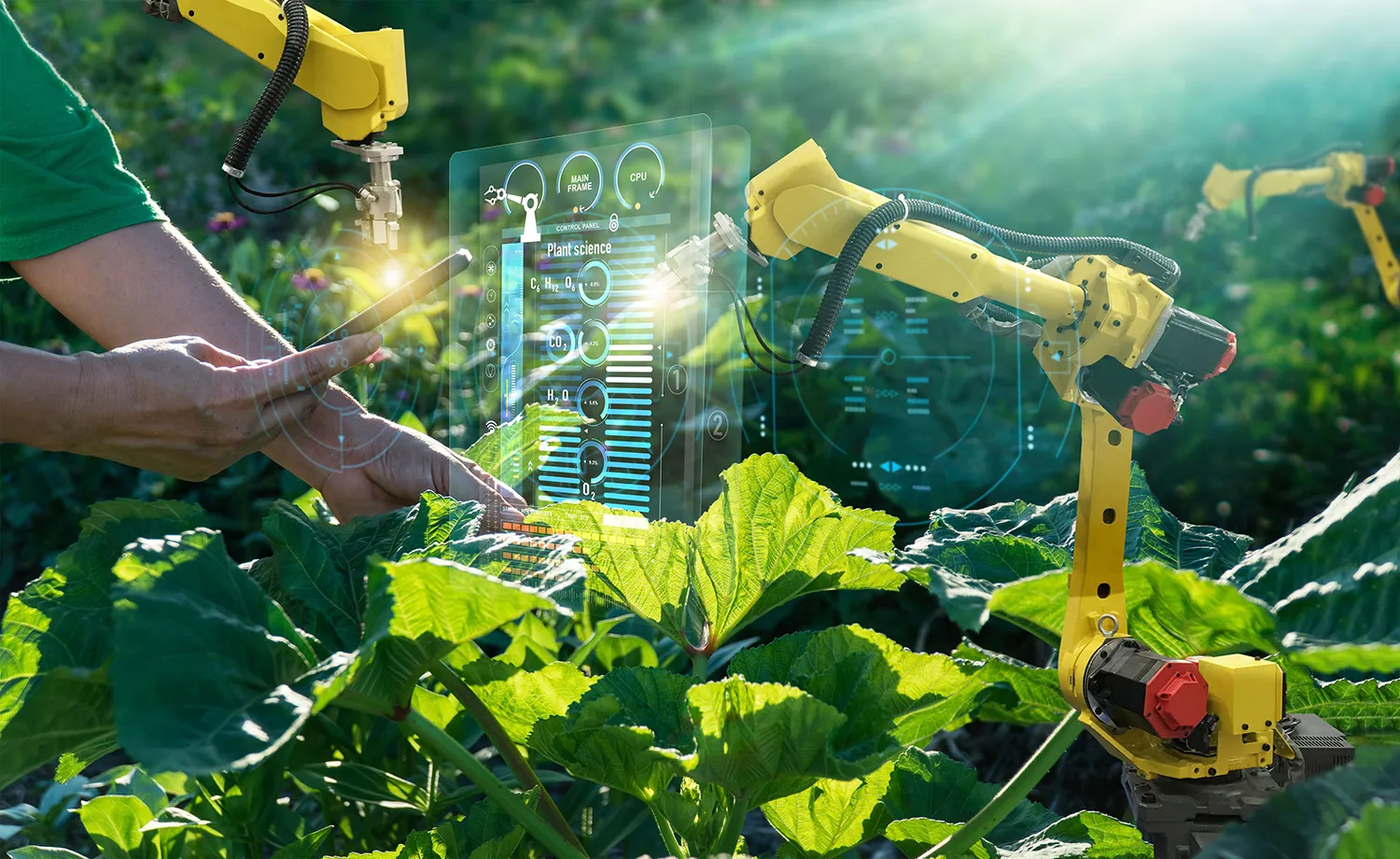
This demonstrates how Russian developers are creating tools that allow farmers to manage resources with surgical precision. By detecting diseases or pest infestations early through analytics, growers can take proactive measures. These technologies are no longer futuristic — they’re already reshaping agriculture on the ground.
Export Potential and Future Roadmap
As smart agriculture becomes indispensable for yield optimization, digital twins will be essential to making data-driven platforms fully functional. By enabling deep analysis and AI-based process control, these tools are at the heart of next-generation farm management.
Russian technologies built on this concept are already gaining international traction. Since 2004, InfoBIS has been developing AgroSignal — a comprehensive platform for agricultural management. It supports planning, equipment tracking, field operation monitoring, analytics, agroscouting, land mapping, and automated reporting.
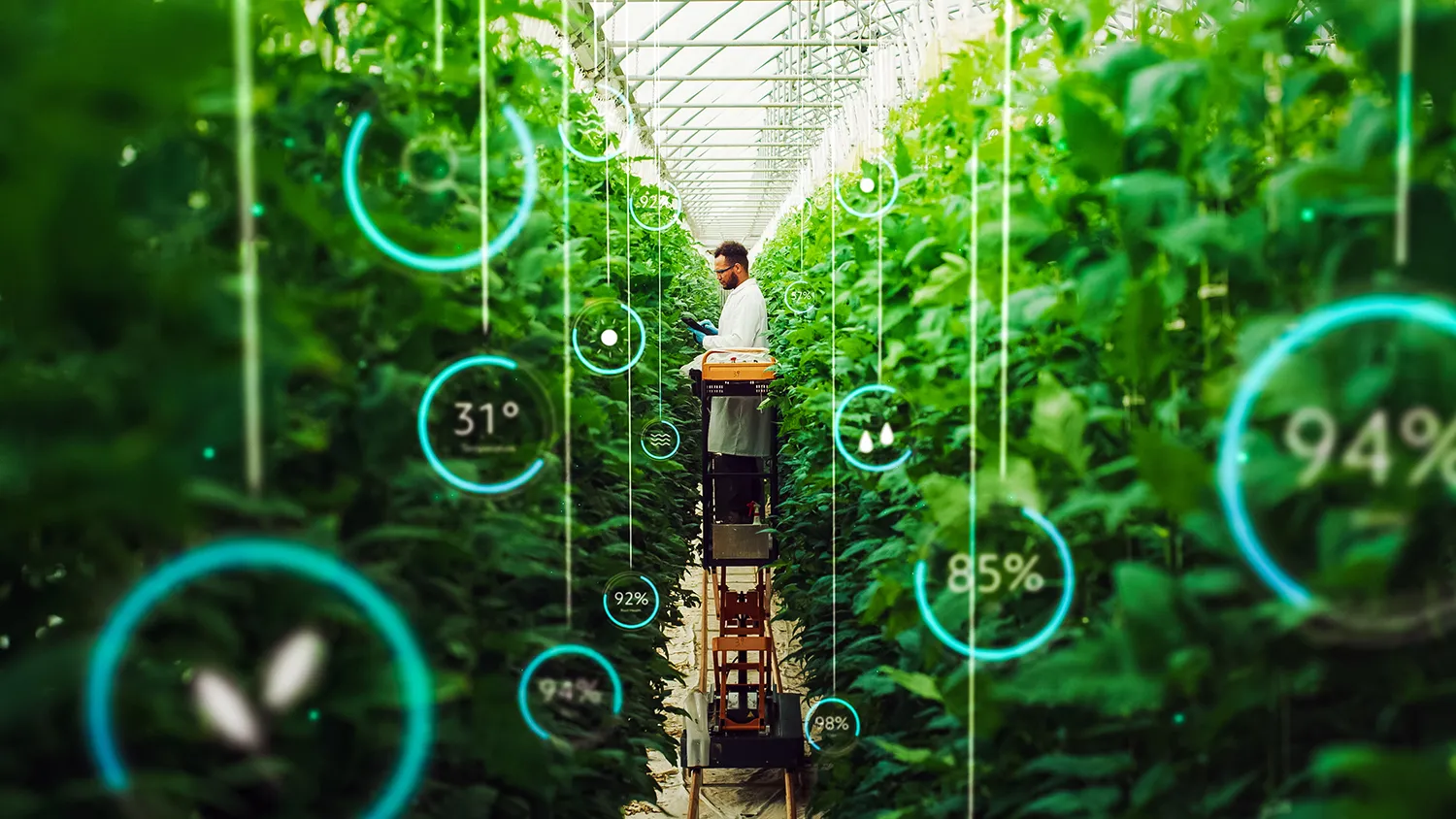
This real-time system enables full-cycle control of seeding, crop care, and harvesting. In 2023, AgroSignal expanded into Eastern Europe and Central Asia. By 2024, it had launched in Kazakhstan and Belarus, with expansion into African markets already underway.
With Russia maintaining its position as the world’s largest wheat exporter for nine consecutive years, the development of soil digital twins is a crucial step in advancing the country’s precision farming capabilities. These innovations will not only boost yields and food exports but also establish a foundation for exporting Russian AgTech solutions globally.
Experts anticipate that in the next 3–5 years, Russia’s agricultural AI technologies will reach full competitiveness on the international stage.




